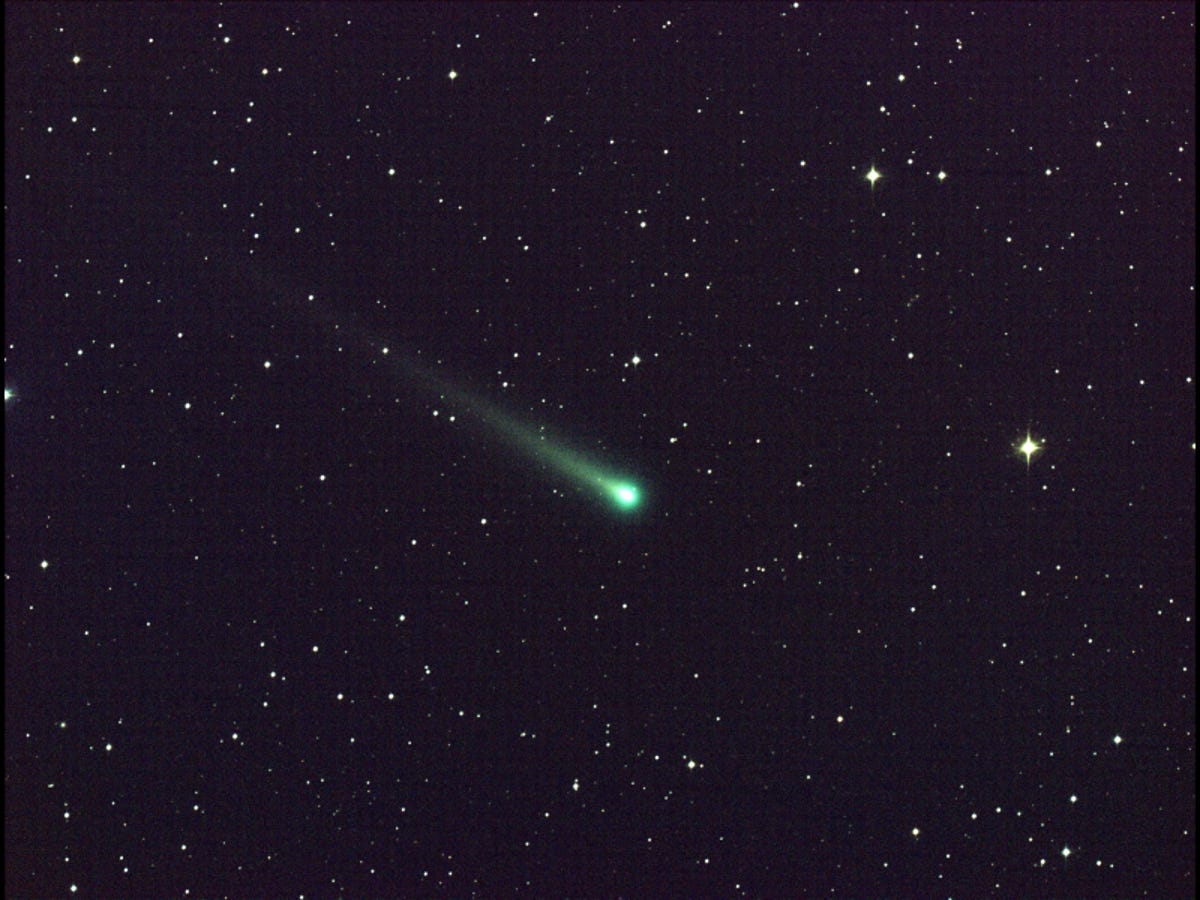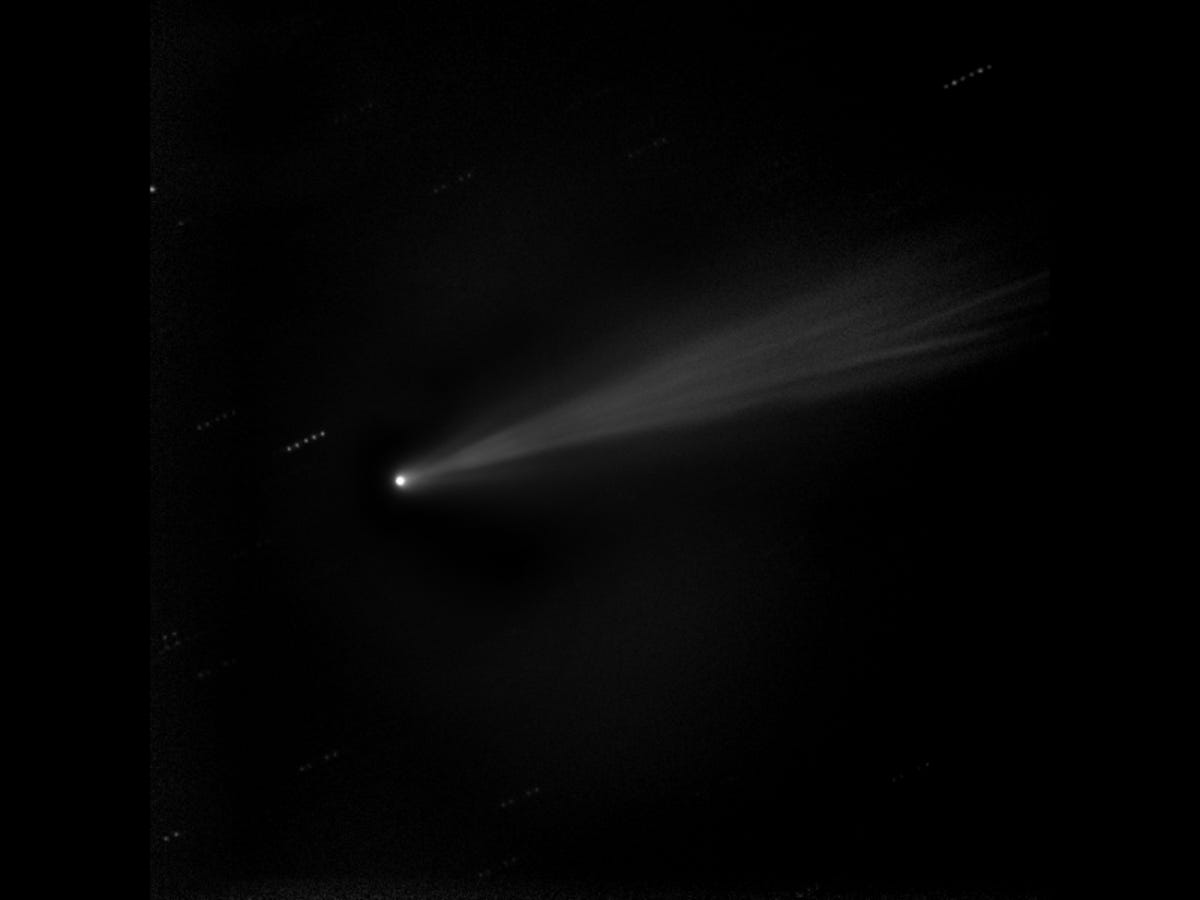Comet ISON may put on a cosmic show for Earth (pictures)
Already visible from Earth with binoculars, ISON will get up close and personal with the sun on Thanksgiving Day.

Comet ISON's close pass
Already visible from Earth with a pair of powerful binoculars, Comet ISON will make its closest approach to the sun on November 28, 2013, when it will come within 1,150,000 miles of it.
If ISON survives its close call with the sun's extreme heat, NASA expects the comet to put on a spectacular show for Earth during the first weeks of December as it continues streaking through the sky, before making its closest approach to our planet on December 26, 2013 at the relatively close cosmic distance of 39.9 million miles.
It appears as if ISON may already be falling apart a bit. But if it survives the flyby, the potential exists for this to be one of the brighter comets of the past century.
You can even stage your own Thanksgiving Day comet watch with an ISON tracking app, aptly called "Comet Watch," which is available for free for the iPhone or iPad.
TRAPPIST's view of ISON
This new view of ISON was taken with the TRAPPIST (TRAnsiting Planets and PlanetesImals Small Telescope) national telescope at ESO's La Silla Observatory on the morning of November 15, 2013.
TRAPPIST has been monitoring comet ISON since mid-October, using broadband filters like those used in this image. It has also been using special narrowband filters which isolate the emission of various gases, allowing astronomers to count how many molecules of each type are released by the comet.
This Comet ISON Observation Campaign is the hub for up-to-date information about Comet ISON, and gives you the latest data and links to relevant observatories and programs.
Bright Comet ISON
If ISON does survive its close encounter with the sun, the Slooh virtual observatory will be tracking the comet's path from telescope observatories in Arizona, South America, and the Canary Islands.

Composite image of ISON
Comet ISON streaks toward the sun
The stars in this image are seen as trails because the telescope is tracking the comet to keep it in focus, causing the stars to blur during the minutes-long exposure.
At the time this image was taken, Comet ISON was some 44 million miles from the sun -- and 80 million miles from Earth -- moving at a speed of 136,700 miles per hour.
ISON during its closest approach to Mercury
Image from Stereo-A's Heliospheric Imager
ISON passing the plane of Mercury
Comet ISON as seen by Stereo
NASA's Hubble sees ISON intact
In this composite image which uses two filters, the comet's coma appears a greenish-blue color due to gas, while the tail is reddish due to dust streaming off the nucleus. The tail forms as dust particles stream out from the center. The comet was inside Mars' orbit and just 177 million miles from Earth when photographed here.
NASA expects Comet ISON to make its closest approach to Earth on December 26, 2013 at the relatively close cosmic distance of 39.9 million miles.

